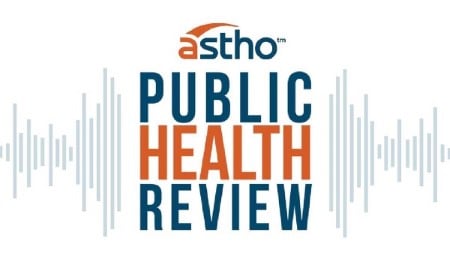Rates of mortality and morbidity from pregnancy-related complications in the United States have increased steadily over the past three decades, resulting in a rate almost double that of other economically developed nations. Deaths and “near-miss” incidents reflect failed opportunities within healthcare and public health systems to address problems such as access to care, overlooked diagnoses, and other warning signs leading to complications or death.
Significant disparities exist by race and ethnicity. Black and American Indian/Alaskan Native women are three to four times more likely to die from pregnancy-related complications than White women. In Black women, traditional protective factors such as education and income are shown to make little difference in risk of death related to pregnancy and birth.
Featured

Maternal Mortality and Morbidity Policy Statement
The best way to prevent maternal mortality and morbidity is by addressing the social, economic, and healthcare issues and barriers that impact women’s health at multiple levels and identifying upstream causes of negative outcomes, rooted in the social determinants of health.
Access the Policy Statement
Pregnancy Risk Assessment Monitoring System
Data collected by the PRAMS program helps researchers investigate emerging issues and identify ways to reduce health problems for birthing people and their babies.
Explore the ProjectLatest Maternal Mortality Resources

Linking Datasets to Address Racial Equity in Maternal and Child Health Outcomes
Learn More
Utilizing Doula Care to Support Substance Use Disorder in the Postpartum Period
Learn More

Addressing the Impact of Rural Hospital Closures on Maternal and Infant Health
Learn More


Improving Access to Risk Appropriate Care and Maternal Health Outcomes through Provider Engagement
Learn More